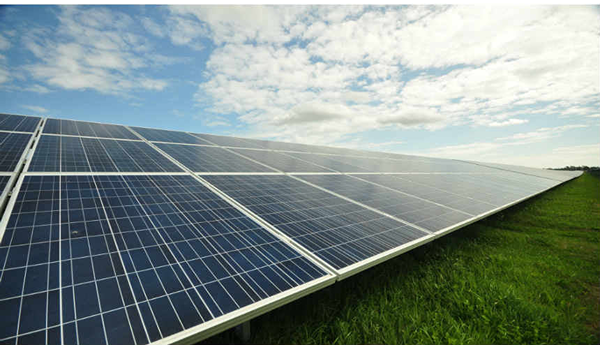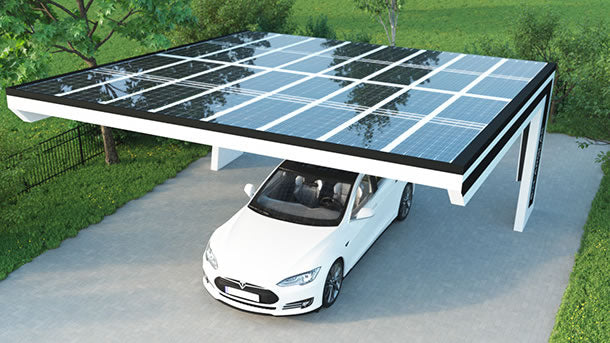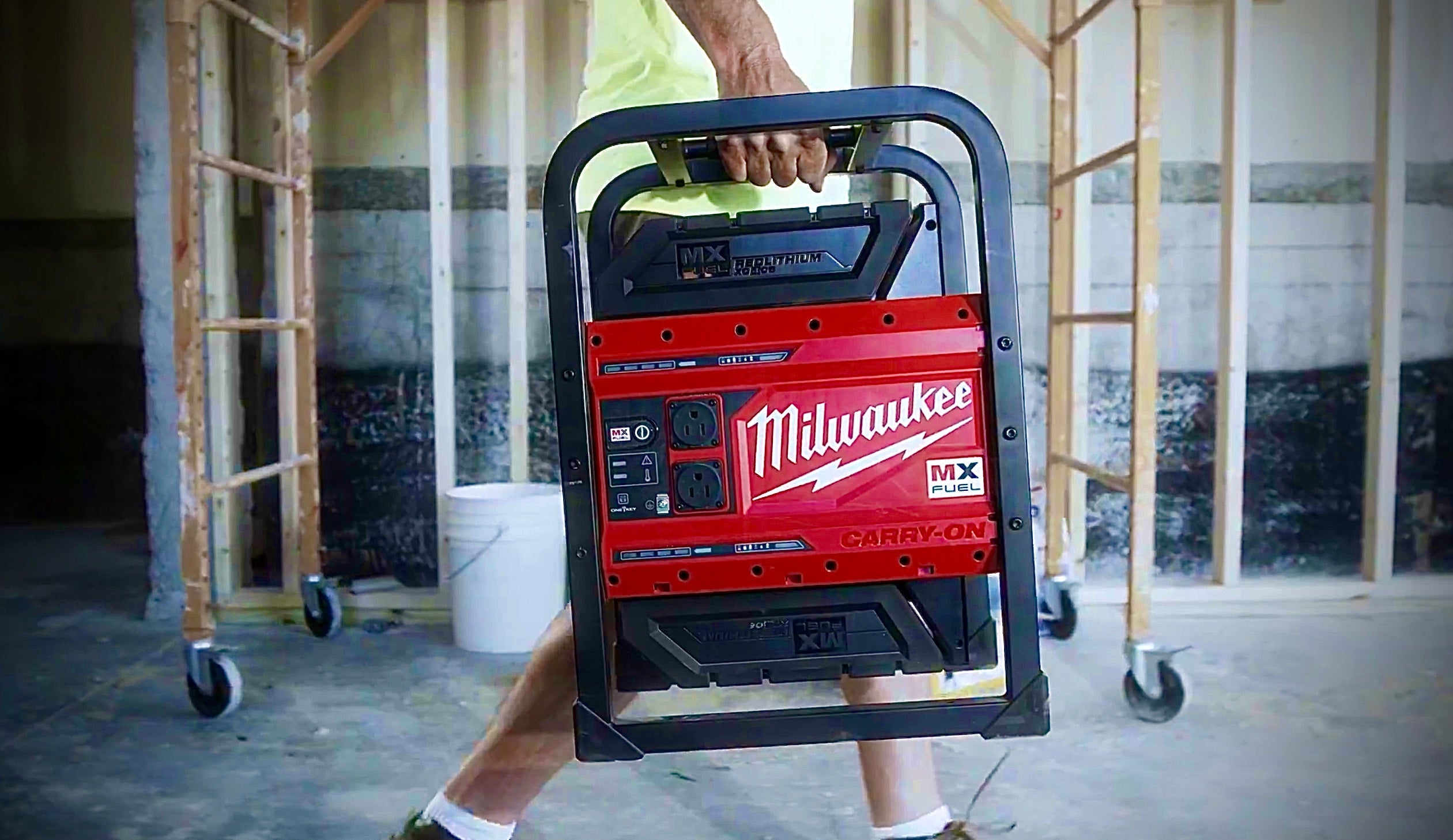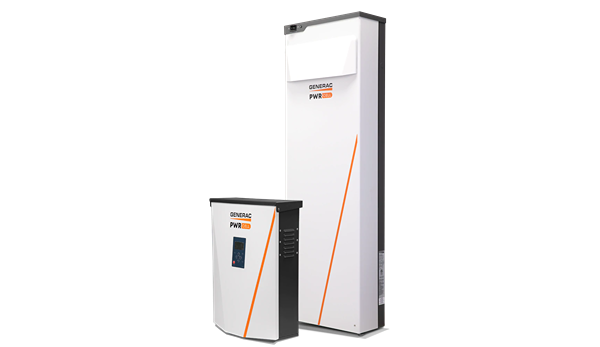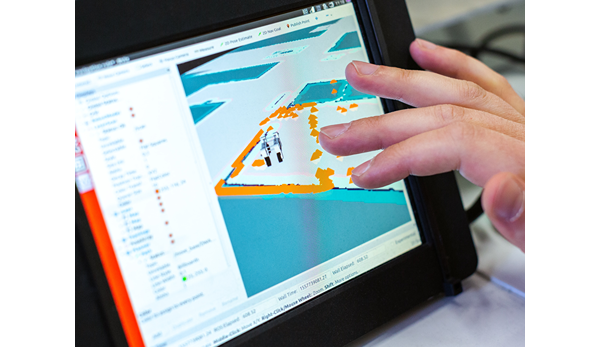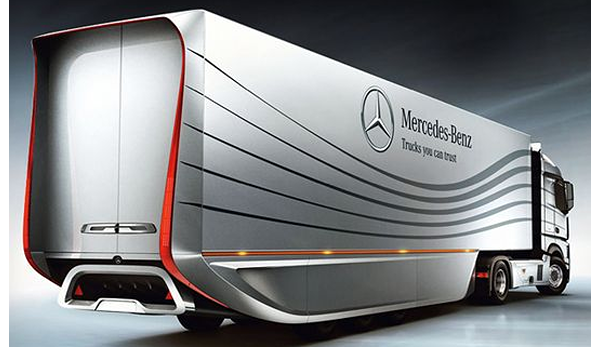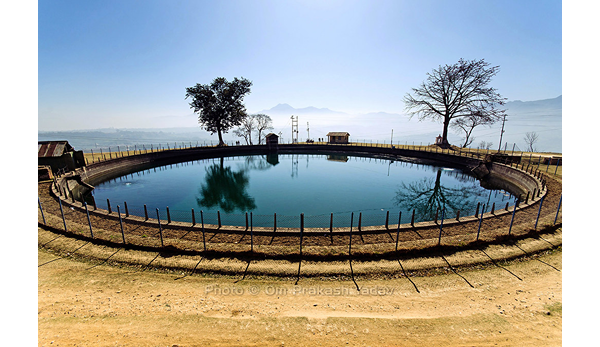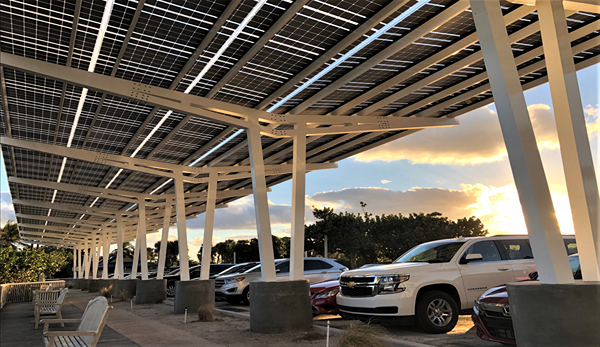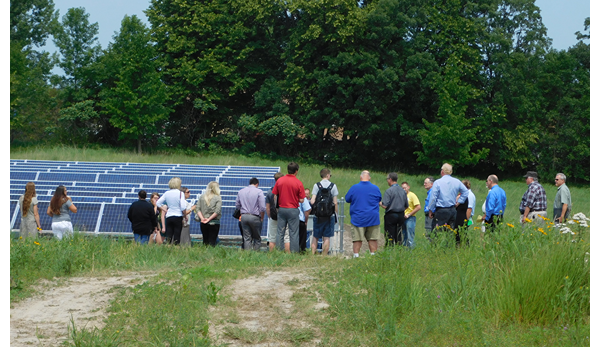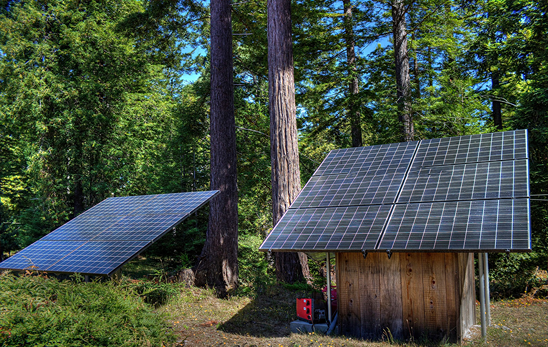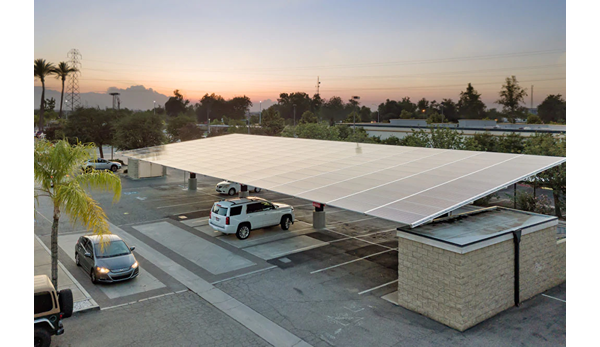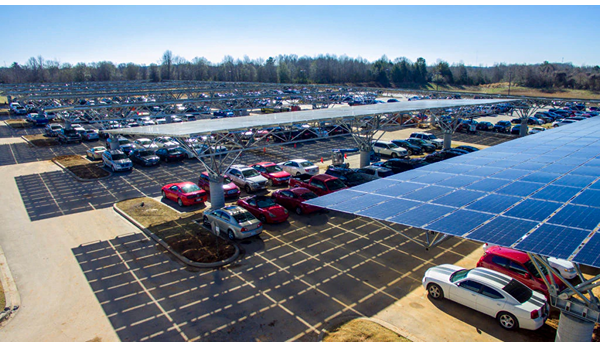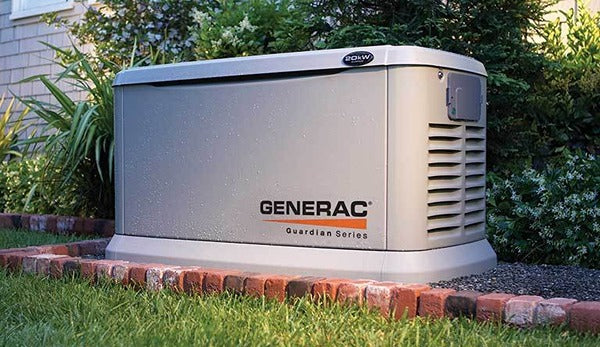
Small But Mighty: The Rise of Portable Power Stations
Small But Mighty:
The Rise of Portable Power Stations
Portable power stations are rapidly gaining popularity as a convenient and eco-friendly alternative to traditional petroleum generators. These compact and lightweight devices are designed to provide on-the-go power for a variety of applications, including camping, RVs, marine, medical, and jobsites. In this article, we will explore the key considerations to help you choose the right portable power station for your needs.
What are Portable Power Stations?
Portable power stations, also known as portable generators, are rechargeable batteries that store energy from wired AC connections and renewable sources such as solar panels, wind turbines, or hydroelectric power. These devices can provide power to various electronic devices and appliances that require electricity to function.
Why are Portable Power Stations Useful?
Portable power stations offer several advantages over traditional petroleum generators. First, they are much more environmentally friendly since they do not emit harmful fumes and gases like gasoline generators. Second, they are quiet and produce little to no noise pollution. Third, they are lightweight and compact, making them easy to transport and store. Finally, they provide a reliable source of power for outdoor activities, emergency situations, and off-grid living.
Portable Solar Power Stations vs. Petroleum Generators
One of the most significant differences between portable solar power stations and petroleum generators is their power source. Solar generators rely on renewable energy sources like solar panels, while petroleum generators use gasoline or diesel fuel. Other differences between the two types of generators include:
Rated power refers to the maximum power output that a portable power station can deliver continuously. In other words, it's the maximum power that the power station can provide without getting damaged or shutting down due to overheating or other issues. For example, a power station with a rated power output of 1000 watts can deliver 1000 watts of power continuously without any problems. Solar generators typically have a lower rated power than petroleum generators, but they can provide power for a longer period since they can be recharged with solar panels.
"Lifespan" refers to the expected lifetime of a portable power station, or how long it will last before needing repairs or replacement. This can depend on a variety of factors, such as the quality of the components used, the level of maintenance and care, and how frequently the power station is used. A longer lifespan can be an important factor to consider when choosing a portable power station, as it can affect the overall value and cost-effectiveness of the investment. Solar generators have a longer lifespan than petroleum generators since they have fewer moving parts and require less maintenance.
Battery Capacity
Understanding battery capacity is essential when choosing a portable power station. Battery capacity is measured in watt-hours (Wh) and indicates how much energy a battery can store. To determine the battery capacity you need, you should consider the type of appliances you want to power and how much power they require. You can calculate the battery runtime by dividing the battery capacity by the power consumption of your devices.
Power Output
Portable power stations can provide AC and DC power output, allowing them to power various devices and appliances. It's crucial to understand wattage, which is a measure of power consumption, to choose the right power output. Rated power refers to the maximum amount of power a device can handle, while lifespan indicates the number of charge and discharge cycles a battery can endure. Finally, it's important to consider the carbon footprint of your power station and choose a model that uses renewable energy sources.
Portability
Portability is another essential factor to consider when choosing a portable power station. Size and weight are crucial considerations, as you want a device that is easy to transport and store. Handle and wheel options can also make a difference in how easy it is to move the device. Choosing the right level of portability will depend on how you plan to use the device.
Recharging Options
There are several ways to recharge a portable power station, including AC wall chargers, solar panels, and car chargers. When choosing a power station, it's important to consider the specifications for each charging option. For example, when charging a power station with solar panels, you need to consider the panel's wattage and voltage, as well as the angle and position of the panel. Car chargers have varying charging times, depending on the model.
Inverter
An inverter is an essential component of a portable power station, as it converts DC power from the battery into AC power that can be used to power devices and appliances. Built-in power inverters are more convenient since they eliminate the need for an external inverter.
The importance of an inverter lies in its ability to provide clean, stable power (pure sine waves) to sensitive electronics. These are more efficient and produce less electrical noise than modified sine wave inverters.
A battery management system is also essential to ensure the safety and protection of the battery from overcharging and over-discharging, prolonging its lifespan.
Safety Features:
Safety is paramount when working with electricity, and a portable power station should come equipped with several safety features to prevent accidents. Overload protection prevents the battery from being drained too quickly, while short-circuit protection prevents electrical current from flowing in the wrong direction. Over-temperature protection safeguards the unit against overheating, and surge protection shields it from voltage spikes that can damage sensitive electronics.
Extra Features:
Many portable power stations come with extra features that can enhance their functionality and convenience. Some models have built-in display screens that show battery capacity and power output, while others have built-in lights that can be used as a flashlight or lantern. USB ports are another common feature, allowing you to charge your phone or other small devices. Wireless charging is a newer feature that is becoming increasingly popular. Consider which features are important to you and look for models that have them.
Outdoor Uses:
Portable power stations are ideal for outdoor activities like camping, RVing, and boating, where a reliable source of power is necessary. They are also useful in medical situations where power is needed for equipment, as well as for job sites where power tools need to be operated. When choosing a portable power station for outdoor use, look for models that are weather-resistant and durable, with a high IP rating that will protect against dust and water ingress.
Brand Reputation:
With so many options on the market, it can be difficult to know which brands to trust. Researching brands and reading reviews can help you narrow down your choices and choose a reputable brand. Look for companies with a strong track record of producing high-quality products and providing excellent customer service.
Price Range:
Portable power stations can vary greatly in price, from a few hundred dollars to several thousand. Understanding price ranges and finding the best value for your budget is crucial. While it may be tempting to go for a low-priced option, these often come with lower quality components that can compromise performance and lifespan. Instead, consider investing in a mid-priced option that offers a good balance of performance and price.
Accessories:
Finally, consider the accessories that come with your portable power station. Cables and adapters, carrying cases and bags, and additional battery packs are all useful add-ons that can enhance your experience. Solar panels are also a popular accessory, allowing you to recharge your power station using the power of the sun.
Conclusion:
In conclusion, portable power stations are an excellent solution for those who need a reliable source of power on the go. They offer a sustainable and eco-friendly alternative to petroleum generators, with a range of features and options to suit different needs and budgets. When choosing a portable power station, consider factors like battery capacity, power output, portability, recharging options, inverter, safety features, extra features, outdoor uses, brand reputation, price range, and accessories. By taking these factors into account, you can make an informed decision and enjoy the benefits of your portable power station.



